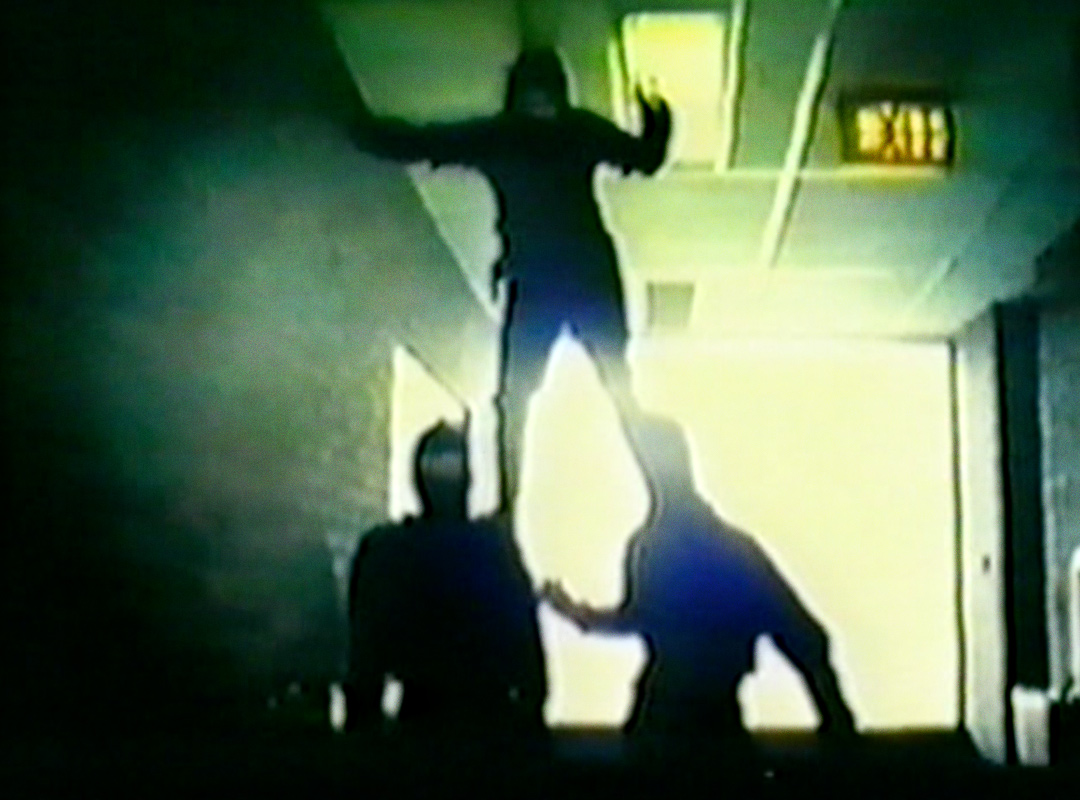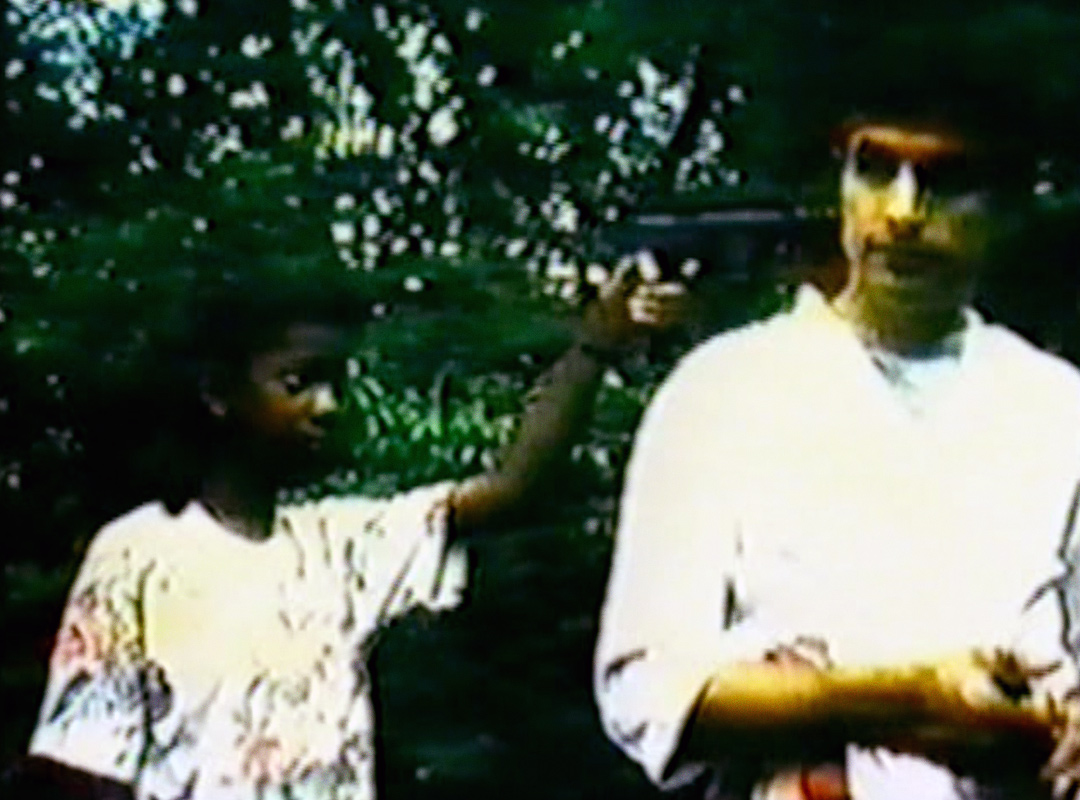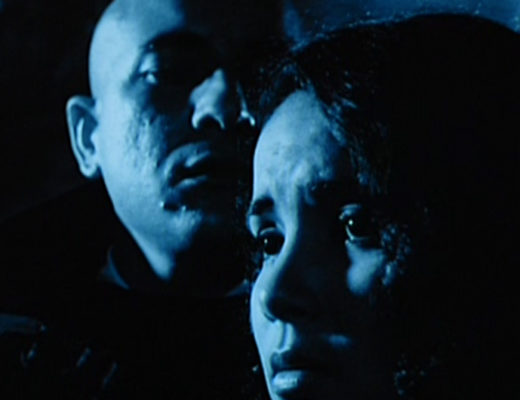The story goes like this: William Lee made Treasure of the Ninja in 1987 while he was a student at Ohio State University. It was a labor of love; he wrote, produced, starred, and directed the film himself. He cast colleagues at the radio station where he worked and filmed all around the campus and his hometown of New York City. Shot on Super 8 film and edited on tape, the total cost came out to $1,500 and hours of blood, sweat, and beers. He had a hard time finding a distributor, so he sold copies directly to video stores from Ohio to New York. Fast-forward twenty years, when he found a tape of his movie on Ebay selling for over $100. And that brings us to today.
I love stories like this. I love it when a no-budget filmmaker learns that their movie has quietly gathered a following. I love it when a filmmaker discovers that a project that was meaningful to them is also meaningful to other people. I love it when a filmmaker finally gets the credit they deserve. I love Treasure of the Ninja.
Brassy archaeologist Dr. Stewart is on the search for an ancient treasure in the jungles of the South China Sea, which definitely does not look like a park in Columbus, Ohio. But she’s not the only one searching for it. There’s literal island-owner Steven Chase and his henchman El Kazi. One should note that El Kazi is a formidable ninja. A government agent named Magneta Faze (Lee) is on the case to protect the archaeologist from this formidable ninja. One should note that Magneta Faze is also a formidable ninja, one who had to fight another formidable ninja to prove his formidable ninja skills. But then another villain enters the fray. It’s Ikar the Invincible, an ancient warrior who awakens from death whenever the treasure is threatened. One should note that he is also a formidable ninja.
“He’s not just an ordinary zombie. He knows ninjitsu to a T!”
It appears that everyone in Columbus is a ninja. They wear black pajamas and red scarves. Comfort is king, even when you’re kicking ass.
Now Faze must punch, kick, and swing swords and nunchucks to find the treasure before Chase and his henchman do. Along the way, there are random kidnappings, a marriage proposal, blow darts, and a gentle volley of ninja stars and bullets. Ninjas seem to pop out of nowhere, as does a breakdancer. Slow-motion is used liberally, usually right when a formidable flying ninja foot collides into a ninja chest.
The overdubbing is perhaps the best part; it’s clear there are only a handful of actors doing all the voices and unsuccessfully disguising their voices. The acting is charming and effortful. Every single cast member clearly had a blast filming this movie. There is joy in every scene, with a couple of zingers thrown in for good measure.
“Your boss is dead. The party’s over!”
“You can join the party…by dying.”
There are many things to love about Treasure of the Ninja—the spinning kicks, the reverb-soaked wahhhhs, and the insane and ever-changing plot where characters enter and die in a moment’s notice. The characters have a plan and then get distracted by another villain and must hatch a plan to vanquish that villain but before they do that they need to hatch a different plan to vanquish a different villain. It’s like Homer’s The Odyssey, only with ninjas and a treasure worth $15 million. But what I love most about Treasure of the Ninja is the diversity of the cast. Also, in a landmark twist not typically seen in 80s DIY cinema, the women characters are strong. Ladies spray bullets at ninjas, rescue Faze from sticky situations, lead government ops and archaeology departments, and dispense romance advice. Treasure of the Ninja has to be one of the most inclusive no-budget films to come out of the 80s, and William Lee is among the woefully small handful of Black filmmakers to come out of this golden DIY era of filmmaking.
The scariest part of this movie is when the crew decides to get pizza. Please don’t get pizza in Columbus.






